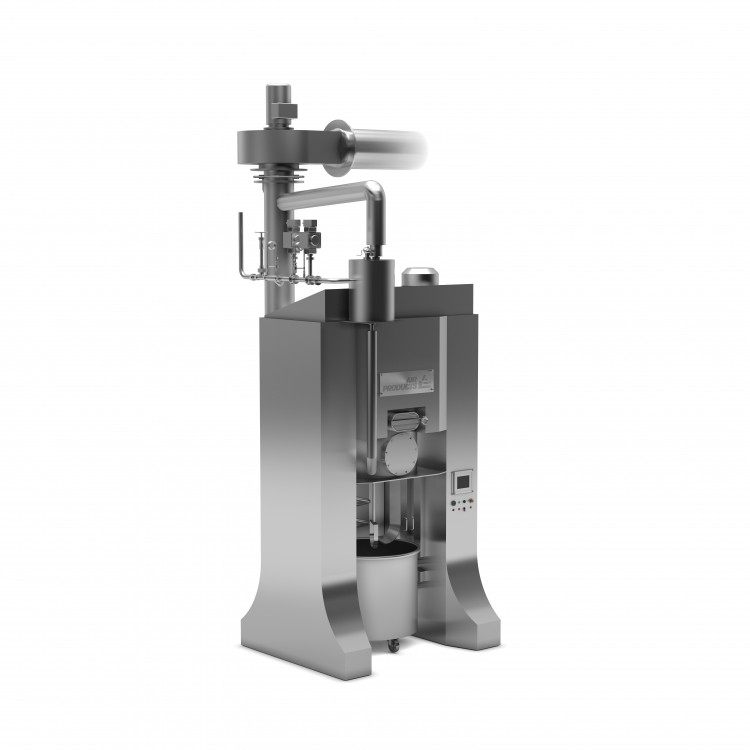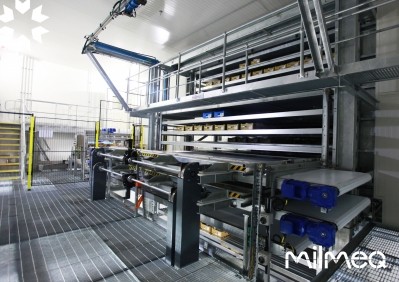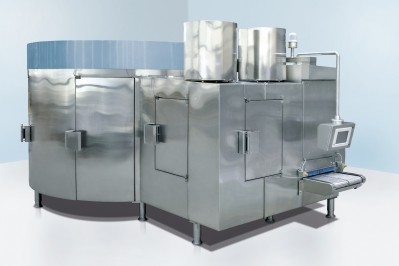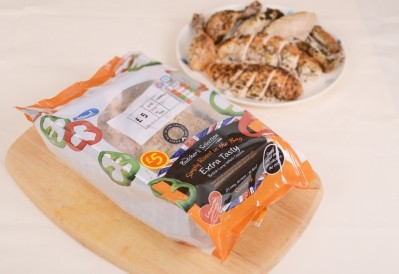New way to control the temperature of food

As a refrigerant, liquid nitrogen has long been used to help control the temperature of a wide range of food products – such as meat, fish, fruit, vegetables, dairy products and sauces for ready meals – while they are being processed. It can be used to prevent food from over-heating while it is being mixed, which could affect its appearance and quality.
It is also used to minimise moisture loss and limit microbial growth. The liquid nitrogen is usually injected into the bottom of the food mix at intervals to keep it cool and its temperature is regulated.
Significantly improved
However, for some heat-sensitive or reactive foods, such as dough – which contains yeast or sauces prone to foaming – Air Products has found that temperature control can be significantly improved by vaporising liquid nitrogen over the top of the mix, as well as injecting it into the mix itself.
In view of this, it has refined its existing Freshline liquid nitrogen injection solution so that it is capable of offering either top or bottom injection as part of a tailor-made process solution.
“We discovered that by vaporising liquid nitrogen over the top of the foods being processed we could achieve a softer chill ideal for sensitive products such as doughs,” said Ann Callens, European food sector specialist at Air Products. “This method of chilling can also help to reduce air bubbles in foam-sensitive products such as creamy sauces.”


















